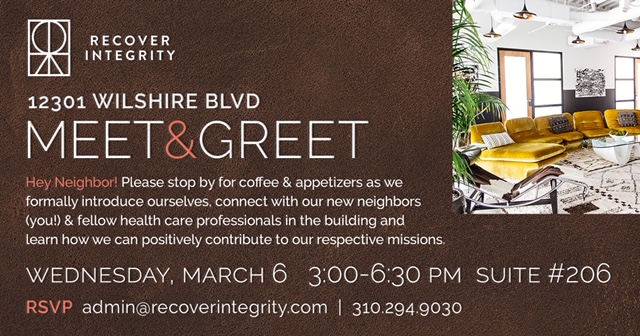Developmental Disturbances within Addiction Populations
What to expect in this episode:
- Understanding areas of identity, emotion regulation, emotional awareness, cognitive ability
- Jean Piaget was interested in was how human beings transform, that’s what growth is: growth is transformation.
- There are developmental disturbances in every single person coming into treatment.
Developmental Disturbances in Addiction Populations
We have got these areas of identity, emotion regulation, emotional awareness, cognitive ability (my ability to think in more complex ways) that’s actually worth understanding.
There was a guy named Jean Piaget, who was one of the founders of Developmental Psychology, he was also a revolutionary biologist, a mathematician… a deep brilliant man, study Jean Piaget.
Jean Piaget spent huge parts of his life watching kids play. What he was interested in was how human beings transform, that’s what growth is: growth is transformation.
He was particularly interested in the uniform, universal ways that human beings grow, learn, change and transform in predictable periods under predictable circumstances. What he discovered was that human beings cross-culturally, and cross-gender, grow in particular ways.
For example, if you ask a 3-year-old to do multiplication, it’s not going to happen. Around 4-5 years old kids can start to add up oranges. One orange plus two oranges makes 3, 2+2 is 4, they can do addition. If you ask them to do mathematics, they actually do not have the structure of the mind, the capacity in that moment, manifested to be able to do abstract math. It doesn’t operate as easily in things that you can grab and do, in more complex abstract, mathematical terms.
That’s in every area of our life, so development is having more complex and nuanced ways of interacting and thinking about the world as we grow older. That’s cognitive development, and we have all these areas of cognitive development, emotional awareness, emotion regulation, identity… and then one that’s very rarely talked about by psychologists because it’s very controversial.
It’s at the core of being human, which is moral development. How I think about issues of right and wrong and my understanding and ability to articulate to myself why I think something is right, and why I think something is wrong. In all of these areas, we can develop uniformly, and in all of these areas, we can become disordered.
What you’ll find if you do some psychometric testing on people in the addiction population, or you do developmental testing in all of these areas, you’ll find that there are disturbances in every single person coming into treatment. My parents actually who are developmental psychologists did a longitudinal study of 700 people coming into treatment, and all 700 people had an identifiable developmental disturbance outside of the norm of the population. It’s the same kind of developmental disturbances that you see in a mentally ill population, and also the criminal population, and as we know there is a great overlap between those populations.
Part of recovery, if that’s part and parcel of addiction and developmental disorders, then part and parcel of recovery is treating those developmental disorders. First, we have to be able to identify them, people will say when somebody comes in (to recovery), clearly you’re stuck and you can almost feel people when they’re having issues and coming into treatment beyond addiction. But understanding what areas they’re stuck in is much more complex and it’s one of the areas that’s going to have massive development in treatment.
Guess what, you’re not stuck cognitively, you’re stuck emotionally, ok how do we deal with that? Guess what, you aren’t stuck cognitively or emotionally, you’re stuck in your identity and your vision of seeing yourself. These areas are well researched in the field of psychology and we even have therapeutic approaches to deal with them. What we haven’t developed well is a method to identify and then treat that in the addiction population. That’s what’s happening right now and one of the things we do in our treatment program.
Schedule a 30-min consultation with Yeshaia or Adam
Schedule Free ConsultationSchedule Free Consultation
Treatment for co-occurring disorders is vital to successful addiction recovery
[/vc_column_text][/vc_column][/vc_row]

